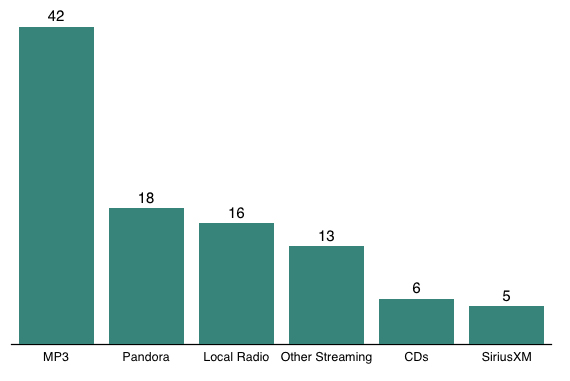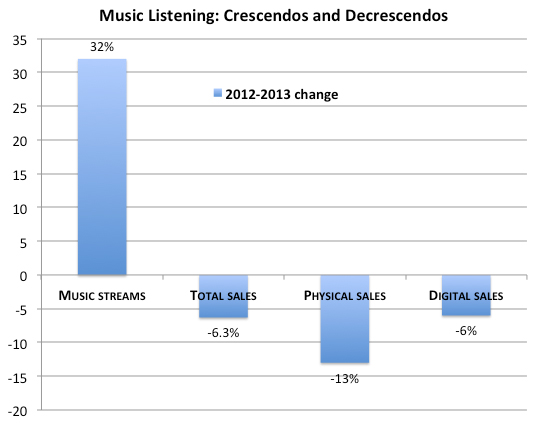Game reviews used to be an important (one might even say, ahem, critical) factor in the marketing of a game. If you were able to get some advance reviews, you’d even slap a great quote or two on your packaging, and certainly in your advertising. Adroitly timing reviews to appear in magazines when the product was in the stores would help boost sales — and since more than 90 percent of a product’s sales could be had in the product’s first month, maximizing launch impact was the most important part of a marketing strategy.
Fast forward to the modern game market, and everything has changed.
The initial sales of console games no longer account for almost all of the revenue of the game; that portion is steadily decreasing, as games get longer and longer lifetimes (especially now that they can be downloaded). The now-obligatory DLC for major console game releases also provides a significant revenue boost, as well as keeping the game selling long after the initial release. Yes, the reviews have an influence on that… but the changing nature of games has affected the relevance of the reviews.
This is the second major point: For most games, the game is no longer unchanging the way console games used to be. Decades ago, once a console game shipped, that was it — there was no way to patch it. That’s why publishers spent months relentlessly scrubbing every bug they could from the games before they shipped them. Now, games are regularly patched on a weekly basis or even faster. These patches are often more than just bug fixes — they often have major effects on game play.
Over time, between content releases and patches, games evolve. Destiny already looks different than it did when it shipped. For a more extreme example, look at World of Warcraft… that game is incredibly larger and more detailed in every way than the version that first shipped.
For that matter, the initial ship date of most games doesn’t even really matter financially — not when a game is free to play. The challenge is no longer to convince someone to part with $60, but rather to take the time to download the game and give it a try. Reviews may certainly influence that decision, but even if a game didn’t get very good reviews you have a much greater chance of giving it a try when the only cost involved is some of your time.
The widespread adoption of social media has transformed the meaning of reviews in every medium. Movie reviewers were once fairly scarce, and their opinions were respected and featured prominently in movie advertising. Now, reviewers are anyone and everyone who’s on Facebook or Twitter or Tumblr. Each individual review is thus worth much less… unless it comes from a trusted friend, that is. Maybe you’ll check Rotten Tomatoes or Metacritic to see what the general buzz is among both pros and consumers, but in the end if a friend recommends something you’re far more likely to try it. The same is true with games.
This is also why YouTubers and the whole idea of influencer marketing has become so important. When someone you like and believe in tells you something, you’re far more likely to act on their opinion. That’s why the influencers are very careful in general to only work with products they believe in, because their influence is based on trust. If the audience begins to believe the influencer is merely a shill for whoever gave them the most money, the audience will leave.

The very nature and meaning of game reviews are under examination — what does it mean to review game that’s essentially a service, changing every week? While a review may be completely relevant and accurate when it’s published, that gradually declines as the game changes unless the review is regularly updated. And who does that? Some media outlets have made steps in that direction, updating reviews from time to time, but no site has the resources to update all of their reviews. For that matter, no media outlet can even hope to keep up with the thousands of games being released every month, if you count all platforms, with an even greater number being updated in that time frame.
This is why the ostensible reason behind the #GamerGate controversy — that the movement is about “corruption” in game journalism, defined as paying in some fashion for positive reviews — is not credible. While there have been a few cases in the past (the distant past, mind you) of magazines or web sites shading reviews more positively because of advertiser pressure, the issue is really a nonstarter today. Why would a company go to the trouble and expense of trying to manipulate one review, when one review these days has a minuscule effect on sales
Looked at in the broader sense, we have a perfect counter-example in Destiny. This game had one of the largest marketing budgets ever approved for a game. If any company could ever afford to bribe journalists for positive reviews, it would be Activision Blizzard. The stake are extraordinarily high for the company, with a $500 million investment in Destiny becoming a profitable billion-dollar franchise at risk. Yet, after months of messages to journalists, trips to Seattle to visit Bungie, and all the PR goodness Activision could muster up… Destiny earns a disappointing 77 on Metacritic. Reviews have been, in general, fairly harsh. That certainly doesn’t look like the media has been unduly influenced, does it?
While game media struggles to redefine the nature and meaning of reviews in the modern era, game developers and publishers understand that reviews don’t mean as much as they used to. Or, rather, it’s the review of each individual playing the game that really matters. The best way to influence those reviews is to create the best game you can, listen to the audience when they play it, and work to refine the game over time. Creating the very best game experience you can is the best way to earn positive reviews, and those personal recommendations that increasingly drive game purchases.
The death of reviews is not a development to be mourned, but one to be celebrated. Game developers can feel free to focus on making the best game they can, and the players will show up and spend money regardless of what reviews appear — if you’re able to create an audience, that is. That’s another issue entirely, but one thing you should know — don’t depend on reviews to create that audience for you.
 Graph from Piper Jaffray
Graph from Piper Jaffray

